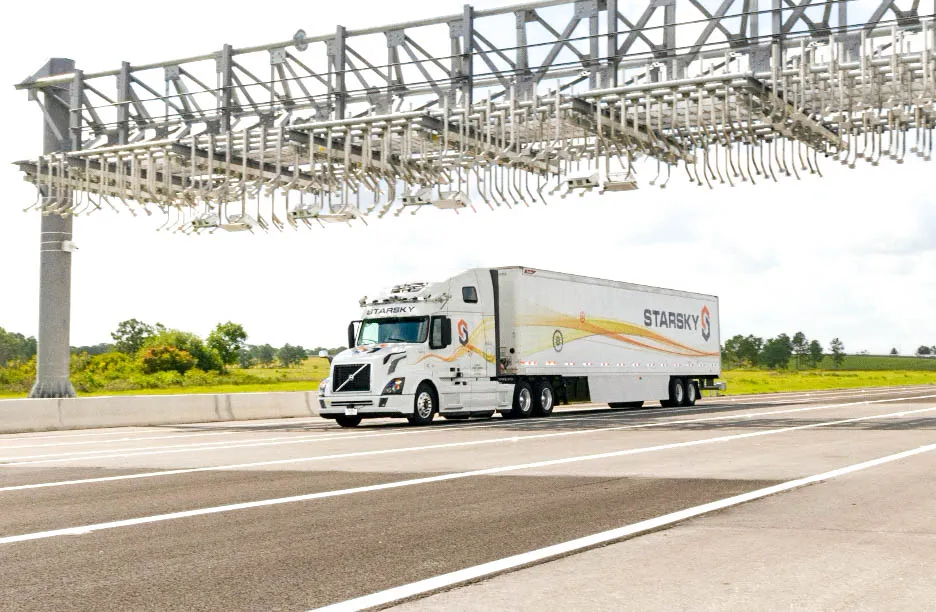Siemens is to supply the traffic control system for the world’s fourth longest suspension bridge, to be built between Istanbul and Izmir in Turkey. Siemens will be responsible for the development, installation and commissioning of all components and systems for the traffic control technology, including the traffic control system, monitoring technology and components for the technical infrastructure such as communication and camera equipment, energy supply, lighting and ventilation. Siemens will also supply
September 28, 2012
Read time: 2 mins
Siemens will be responsible for the development, installation and commissioning of all components and systems for the traffic control technology, including the traffic control system, monitoring technology and components for the technical infrastructure such as communication and camera equipment, energy supply, lighting and ventilation.
Siemens will also supply components for the technical infrastructure, such as camera surveillance technology and emergency call control centres, together with the complete lighting system for the bridge. A SCADA (Supervisory Control and Data Acquisition) system will be used for the process monitoring and control of the system.
The six-lane bridge is almost three kilometers long and is part of a major free way project designed to cut the travel time between both cities from eight to four hours. The new freeway will also relieve inner-city traffic congestion in Istanbul. The newly constructed highway will shift the traffic to the Istanbul suburbs and lessen congestion in the city centre. Commissioning is scheduled for 2015.







